Everything About Smashing in Padel: A Complete Guide
Let’s face it—when you think of padel, the smash is probably the shot that comes to mind first. It's the crowd-pleaser, the match-ender, and sometimes, the shot that just makes you feel like a boss on the court. But, spoiler alert, smashing isn’t just about hitting the ball hard and hoping for the best. There’s a lot more to it. So, if you’re ready to learn everything there is to know about smashing in padel, let’s dive in.
The Padel Smash: What Is It, and Why Is It Important?
A smash in padel is an overhead shot typically hit with the intention of finishing the point. It's not just a shot of brute force—it’s a strategic weapon. When done right, it can put immense pressure on your opponents, leave them scrambling, and ideally, seal the point for your team. It's often called "pegada" or "remate" in Spanish.
But here’s the thing: not every smash is created equal. Understanding when and how to smash effectively can be the difference between winning and handing the ball right back to your opponent for an easy counterattack.
Types of Smashes: The Toolkit of a Smashing Padel Player
There are a few different flavors of smashes in padel, each with its own unique purpose and technique. Depending on the situation, you’ll want to switch it up.
1. Flat Smash
The flat smash is your straightforward, hit-as-hard-as-you-can shot. It’s direct, fast, and meant to end the point right then and there. You’ll typically use this when the ball is high, your opponents are out of position, and you want to finish the rally quickly. If you pull it off well, the ball rockets past your opponents, leaving them no chance for a return.
2. Topspin Smash
The topspin smash adds a bit of spin to the ball. Instead of just whacking it flat, you brush up on the ball, which causes it to kick up after it bounces. This makes it much harder for your opponents to track and return. The added spin keeps the ball low and fast, making it tricky to predict.
3. Vibora (Snake Smash)
This is a side-spin smash. The vibora doesn’t rely on sheer power but adds wicked spin to the ball, making it curve sharply and stay low after bouncing. It’s perfect for angled shots when you’re trying to catch your opponents off guard.
4. Bandeja (Tray Smash)
This is more of a defensive smash used when you’re under pressure. Instead of going all-out power, the bandeja is controlled, often with underspin, keeping the ball low and preventing an easy counter. Think of it as more of a reset shot than an outright point-winner.
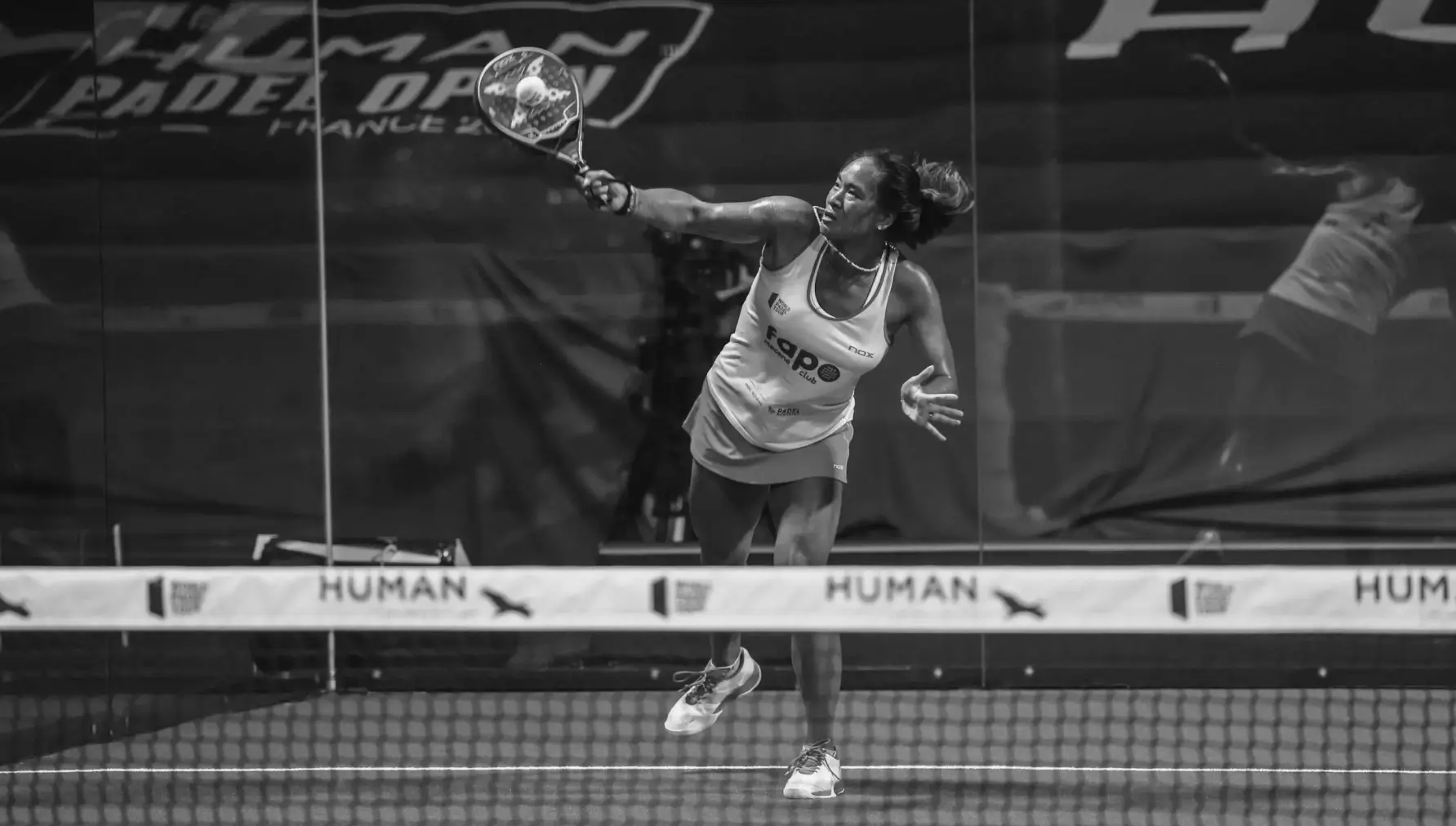
The Art of Smashing: How to Hit a Powerful, Controlled Smash
Alright, so now you know the types of smashes, but how do you actually execute them properly? Smashing is more about timing and technique than pure strength.
1. The Grip
You want to start with a continental grip, the same grip you’d use for serving in tennis. This gives you the most control and allows you to adjust to different types of smashes. Your grip should be firm but not tight—think relaxed power.
2. The Stance
Footwork is everything. Stand with your feet shoulder-width apart, knees slightly bent, and pivot on your back foot as you prepare to hit. This stance helps you stay balanced and load up power from your legs, which is key for generating that extra pop in your smash.
3. The Swing
Timing is everything. As the ball comes toward you, get into position early. Aim to make contact with the ball when it’s at its peak height. Keep your arm straight, and follow through fully with your swing. A full follow-through ensures you’re transferring all your energy into the ball.
4. Timing the Smash
Perfect timing is critical. Hit the ball too early, and you’ll lose power. Too late, and you might miss it altogether. Ideally, you want to smash the ball when it’s at its highest point, right in your strike zone.
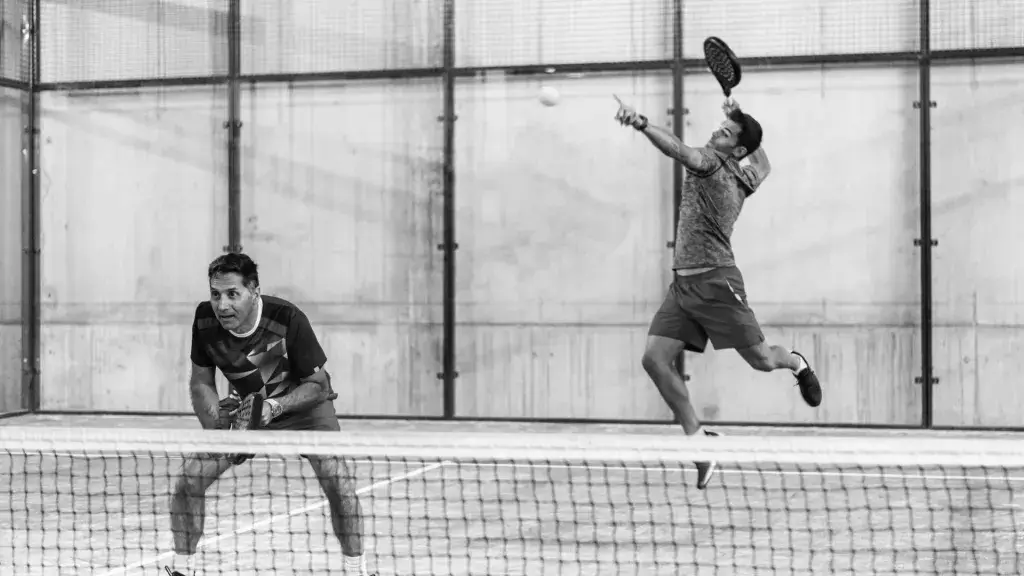
When to Smash: Timing Is Key
You don’t want to smash just because you can—it’s all about timing and strategy. So, when’s the right time to go for the big hit?
1. The Opponent Is Out of Position
When your opponents are scrambling or too close to the net, it’s a great time to hit a flat smash and finish the point.
2. The Ball Is High and Deep
If the ball is high and deep in your court, it’s the perfect setup for a smash. A high ball gives you time to get into position and deliver a crushing blow.
3. Defensive Play
If you’re under pressure, using a bandeja or topspin smash can keep you in the point without handing your opponent an easy counterattack.
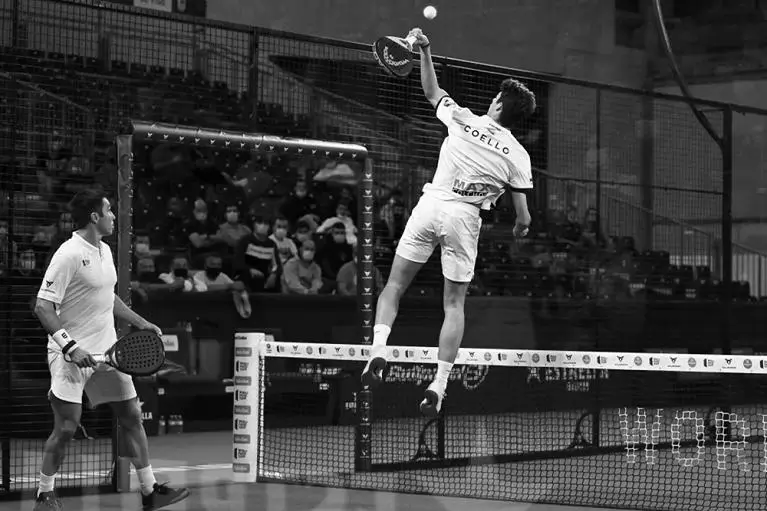
Defending Against a Smash: What to Do When You’re on the Receiving End
So, what if you’re not the one smashing, but you’re on the other side of the court? Defending against a smash can be tough, but with the right positioning and anticipation, you can turn the tables.
1. Stay Low and Be Ready
When you see your opponent winding up for a smash, get low. Bend your knees and be ready to move in any direction. Most importantly, keep your eyes on the ball.
2. Positioning
Don’t get caught too close to the net. Position yourself just behind the service line so you have time to react to the shot. If you’re too far back, though, you’ll be vulnerable to a drop shot.
3. React Quickly
As soon as the ball is hit, react quickly, and use a controlled volley to return the smash. Your goal isn’t to hit a winner but to neutralize the attack and reset the point.
Common Mistakes When Smashing
Smashing can feel great, but it’s easy to mess it up if you’re not careful. Here are the top mistakes padel players make when smashing:
1. Poor Grip
Holding the racket too tightly or using the wrong grip will lead to a lack of control. Stick to a continental grip and keep your hands relaxed.
2. Rushing the Shot
Many players try to hit the ball too early. Remember, the ball needs to be at its peak height for the best impact. Rushing it will lead to a weaker shot or worse, a miss.
3. Not Following Through
A common mistake is stopping your swing right after hitting the ball. Always follow through to maximize power and accuracy.
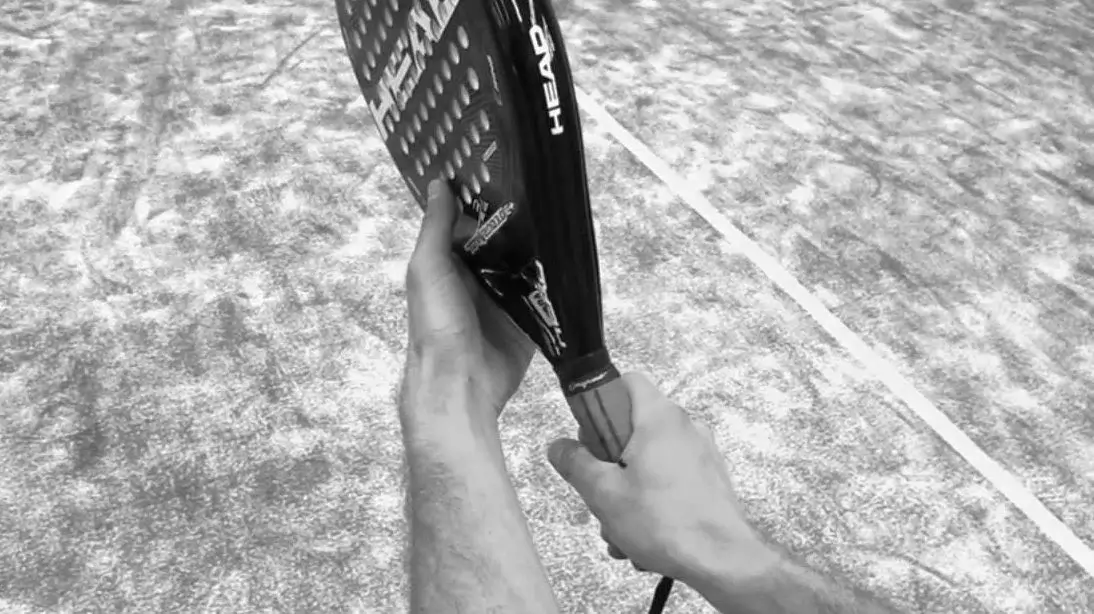
Advanced Smash Strategies: Take Your Game to the Next Level
Once you’ve mastered the basic smash techniques, it’s time to get fancy. Here are a few advanced tips to really up your smash game.
1. Topspin Mastery
Adding topspin to your smash not only gives you better control but also makes the ball harder to return. Try brushing up on the ball with your racket to generate more topspin.
2. The Kick Smash
If your opponent is camped near the net, hitting a kick smash that bounces high and back can catch them off guard. Strike the ball at an angle to add a bouncing effect after it hits the ground.
3. Mix It Up
Don’t just rely on the same smash every time. Keep your opponent guessing by mixing in different types of smashes, like the vibora or bandeja, depending on the situation.
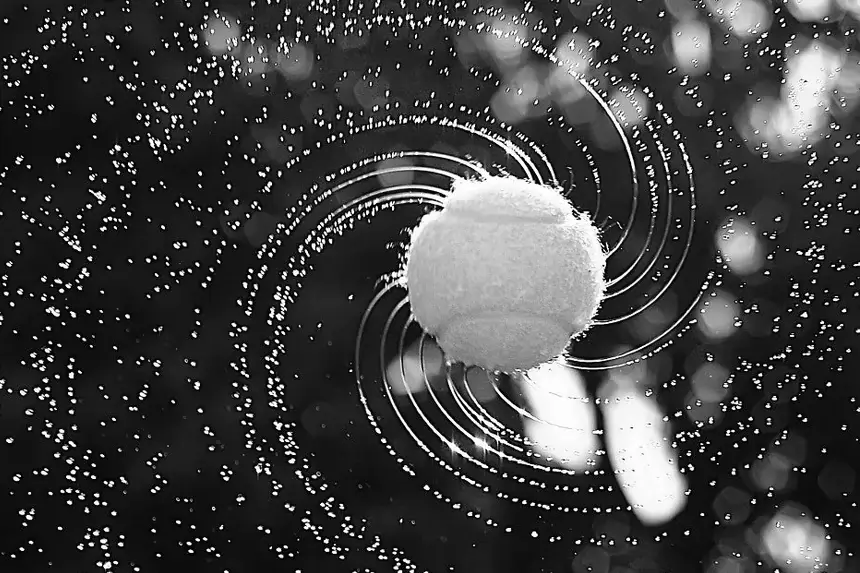
Practice Makes Perfect
As with anything in padel, mastering the smash takes time and practice. Make sure to incorporate smash drills into your training routine. Try practicing different types of smashes, work on your footwork, and get feedback from coaches or fellow players.
Smashing Your Way to Victory
The padel smash isn’t just about raw power—it’s about precision, timing, and strategy. Whether you’re going for a flat smash to end the point or a topspin smash to keep your opponent off-balance, the key is knowing when and how to use it. Keep practicing, pay attention to your technique, and soon, you’ll be smashing like a pro.
So get out there, hit the court, and remember: every great smash starts with solid preparation. Happy smashing!
Frequently Asked Questions About Smashing in Padel
What is a smash in padel?
A smash in padel is an overhead shot meant to win the point or put pressure on your opponents by hitting the ball powerfully or with spin.
When should I use a smash in padel?
You should use a smash when the ball is high, and you're in control of the rally, especially when your opponents are out of position or close to the net.
What are the different types of smashes in padel?
There are several types, including the flat smash (powerful and direct), topspin smash (adds spin and bounce), vibora (low, angled shot), and bandeja (controlled, defensive shot).
How can I improve my smash technique?
Work on your grip (continental grip), footwork (position yourself early), timing (hit the ball at its highest point), and follow-through for a stronger smash.
What’s the difference between a flat smash and a topspin smash?
A flat smash is all about power, while a topspin smash adds spin, making it bounce higher and harder for your opponents to return.
What are common mistakes to avoid when smashing?
Common mistakes include using the wrong grip, poor timing, and not following through after hitting the ball.
How do I defend against a smash?
Stay low, position yourself just behind the service line, and react quickly by keeping your eyes on the ball and using a controlled volley to return it.
Who is known for having the best smash in padel?
Arturo Coello is widely recognized for having one of the most powerful and effective smashes in the game.
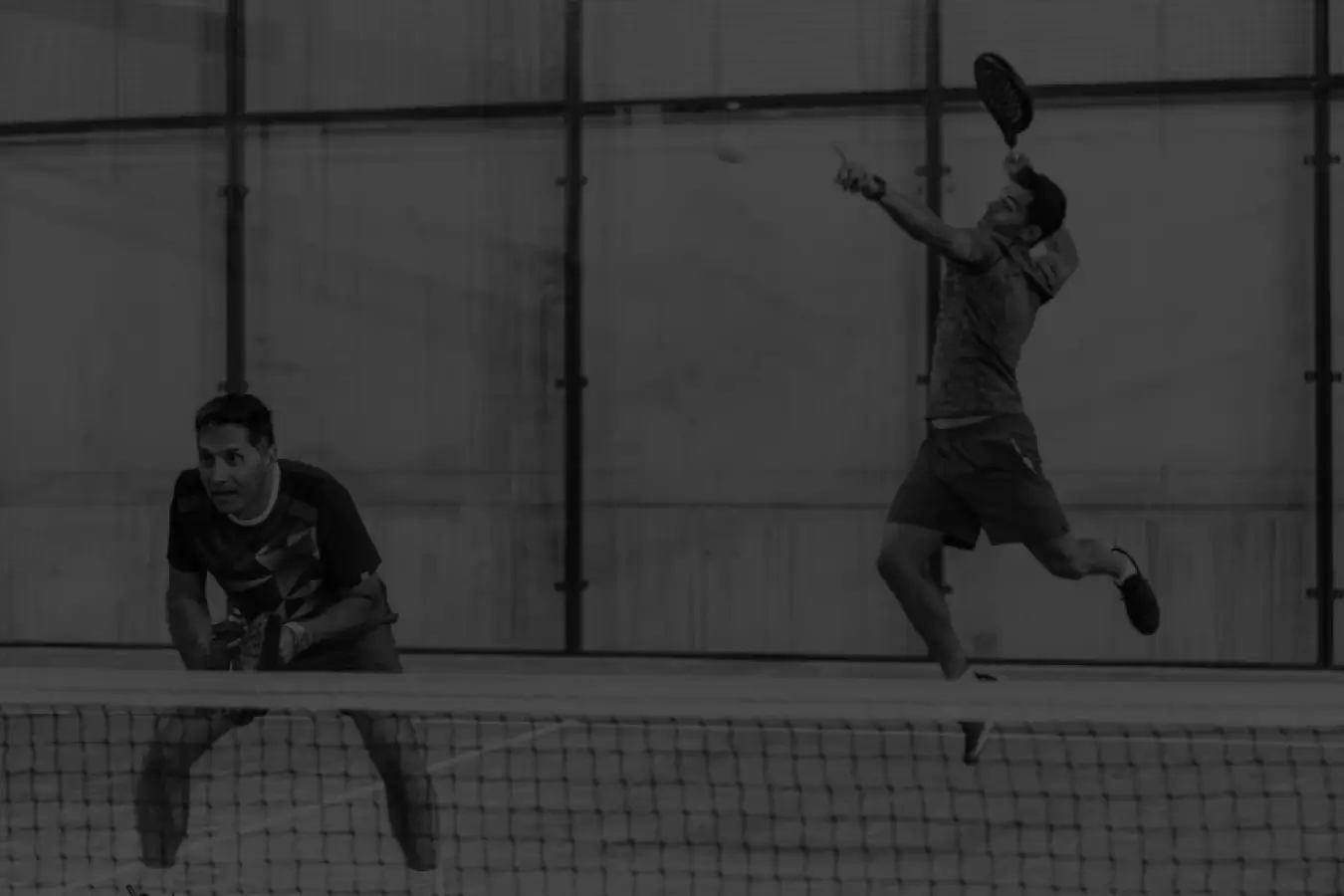

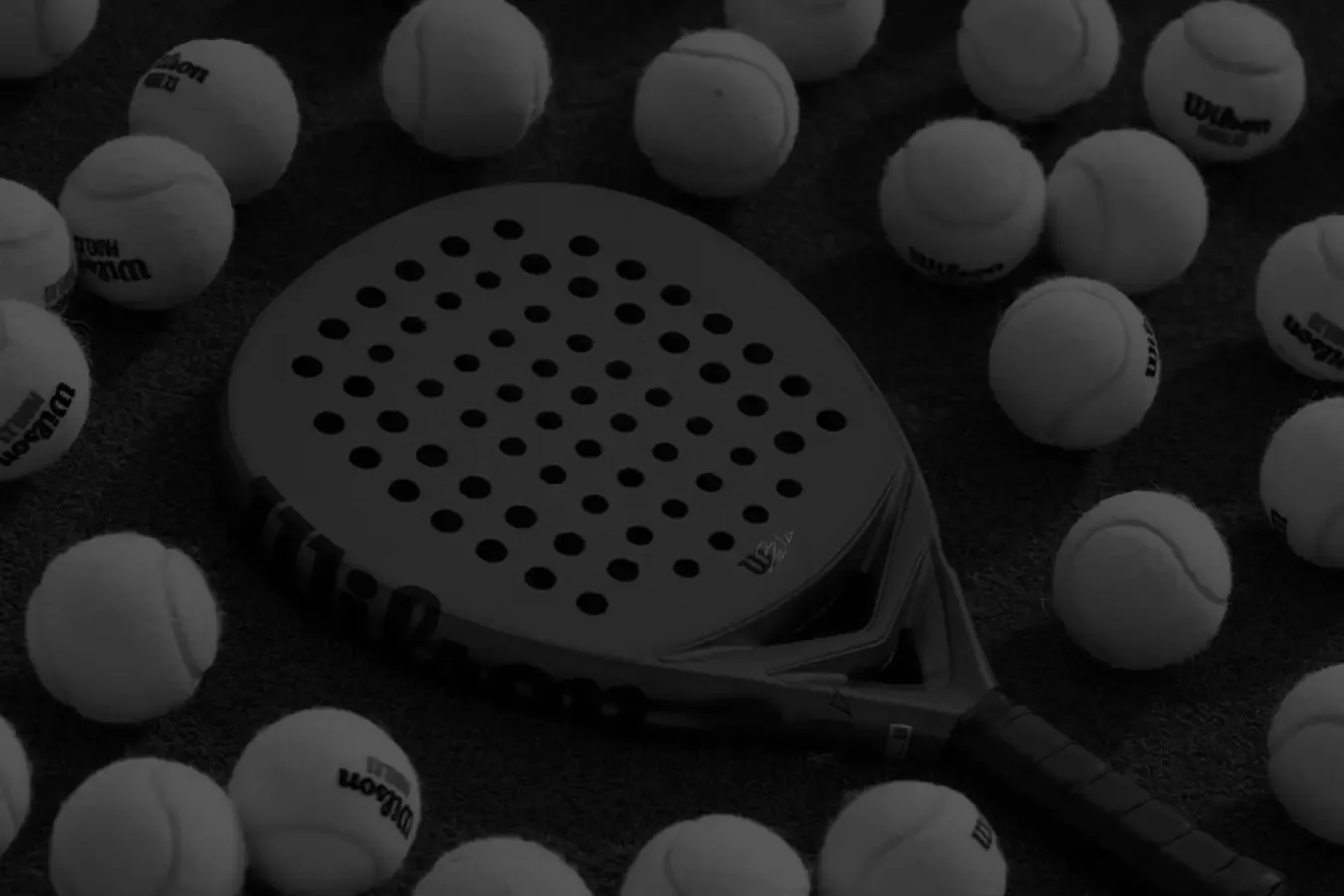
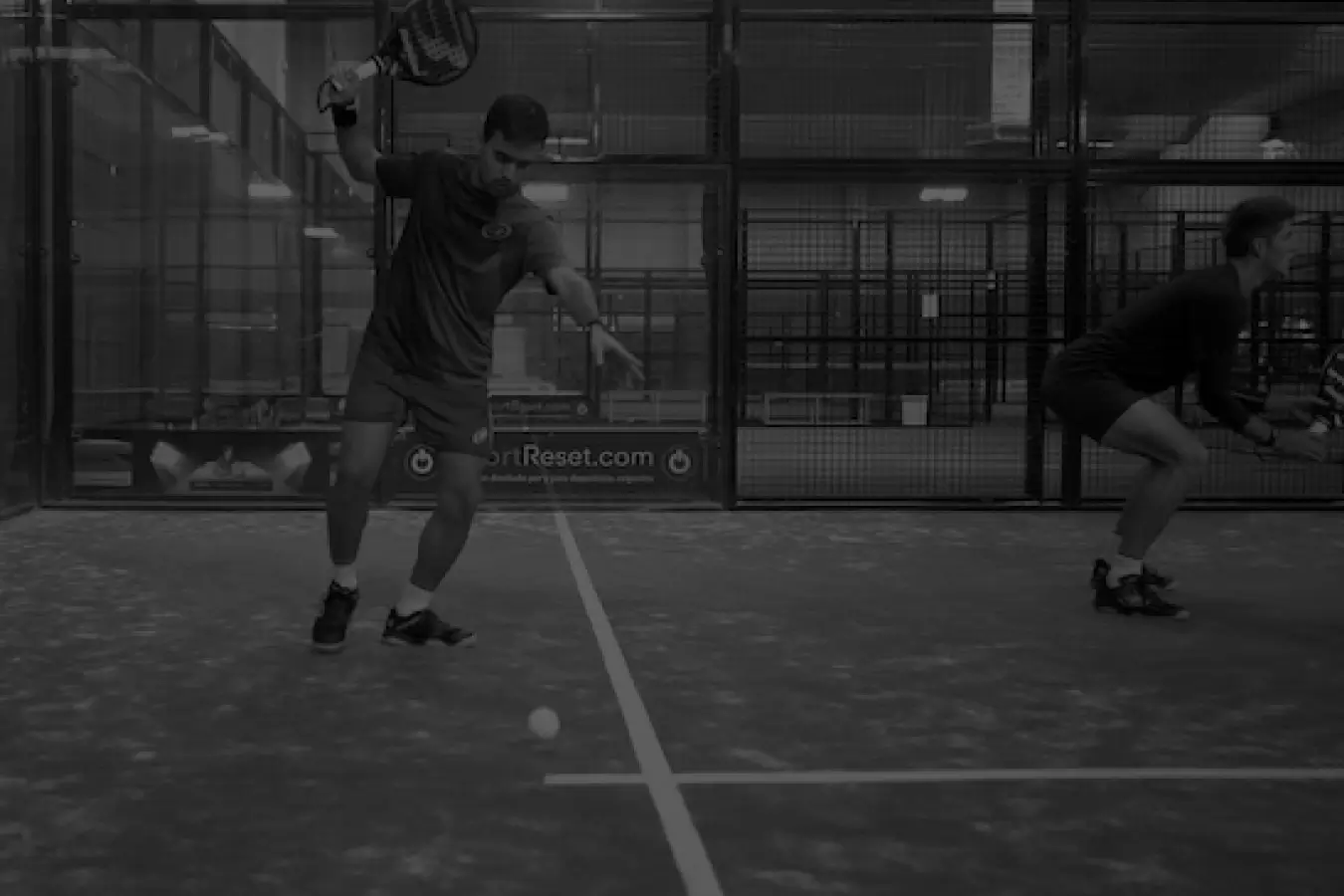
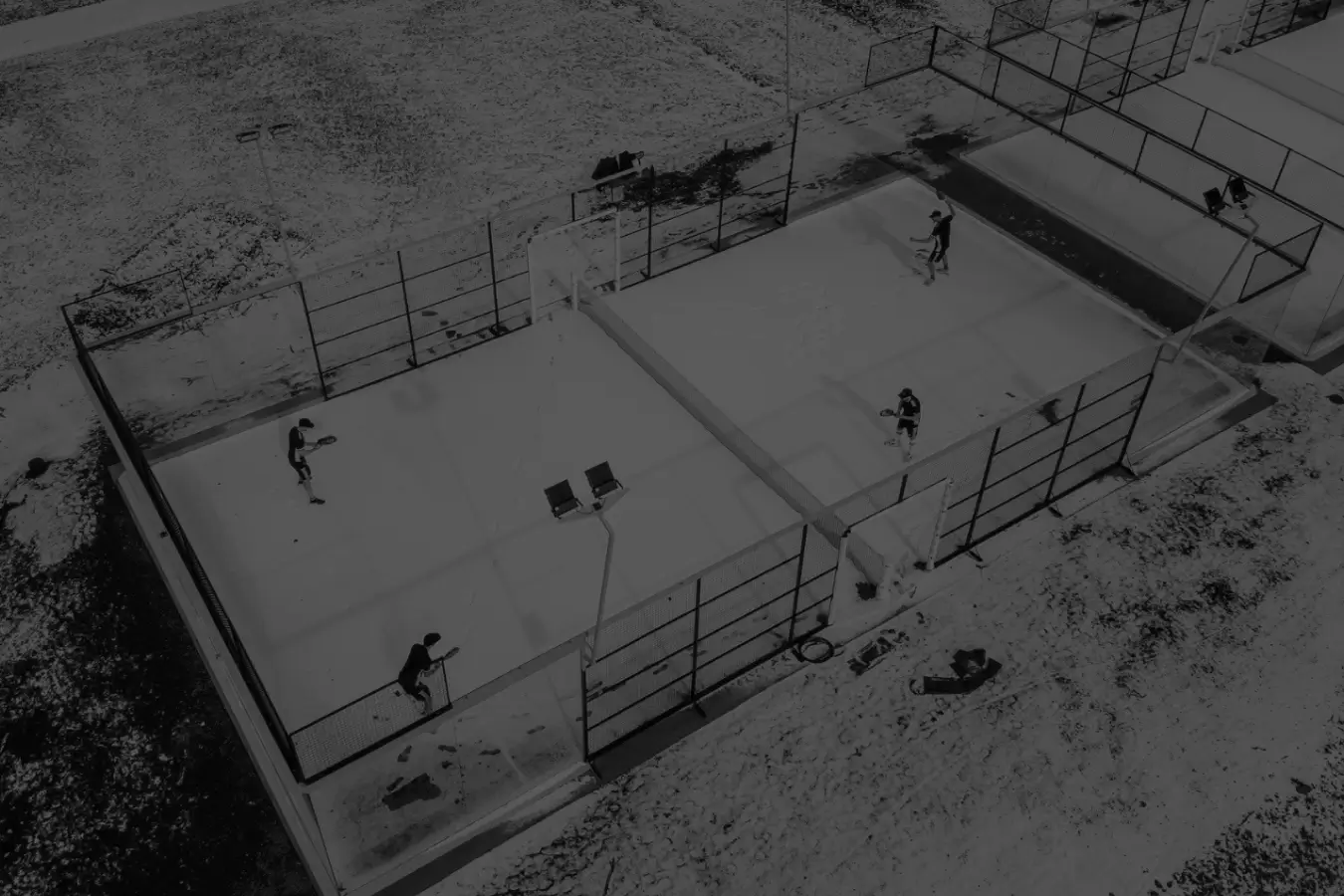
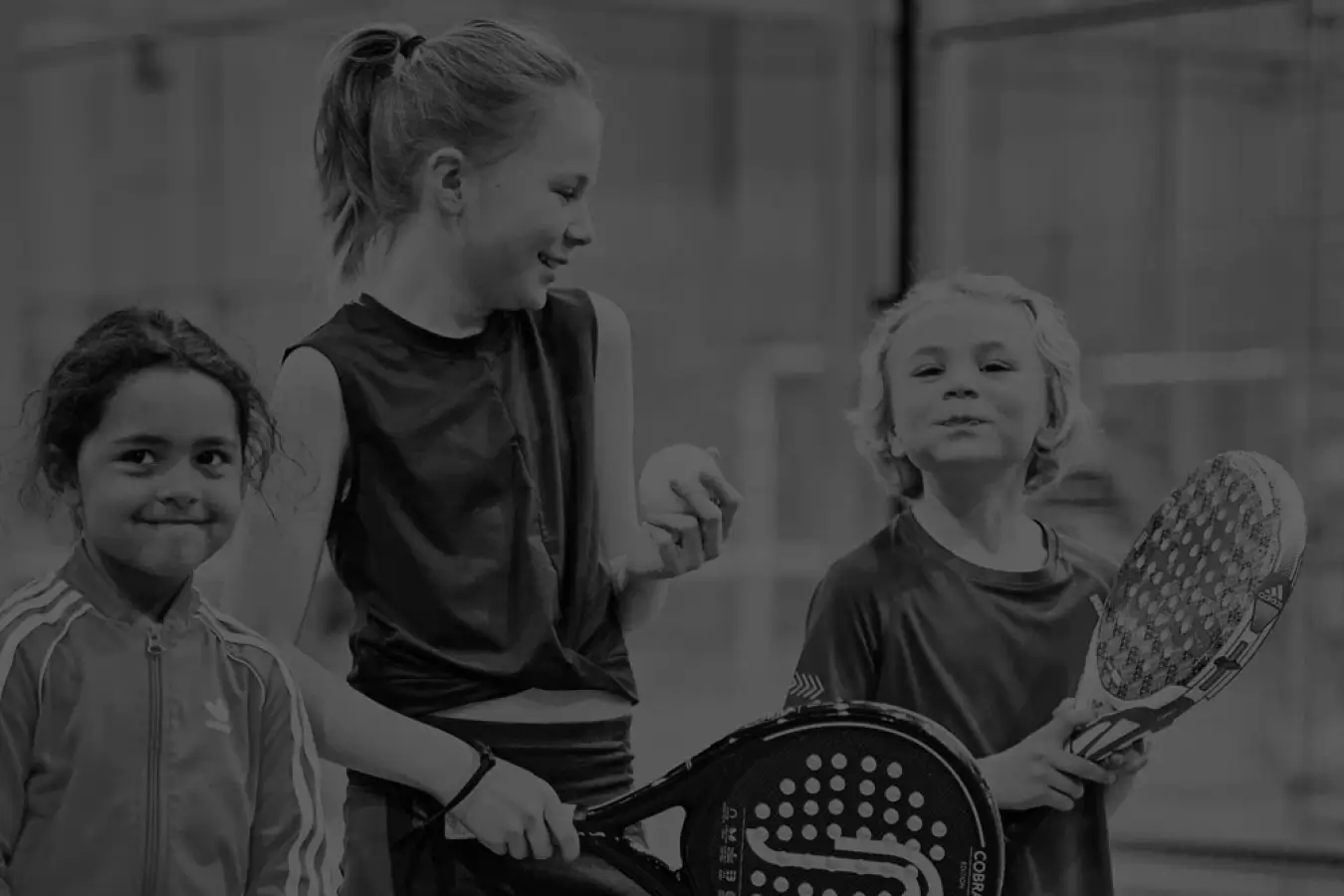
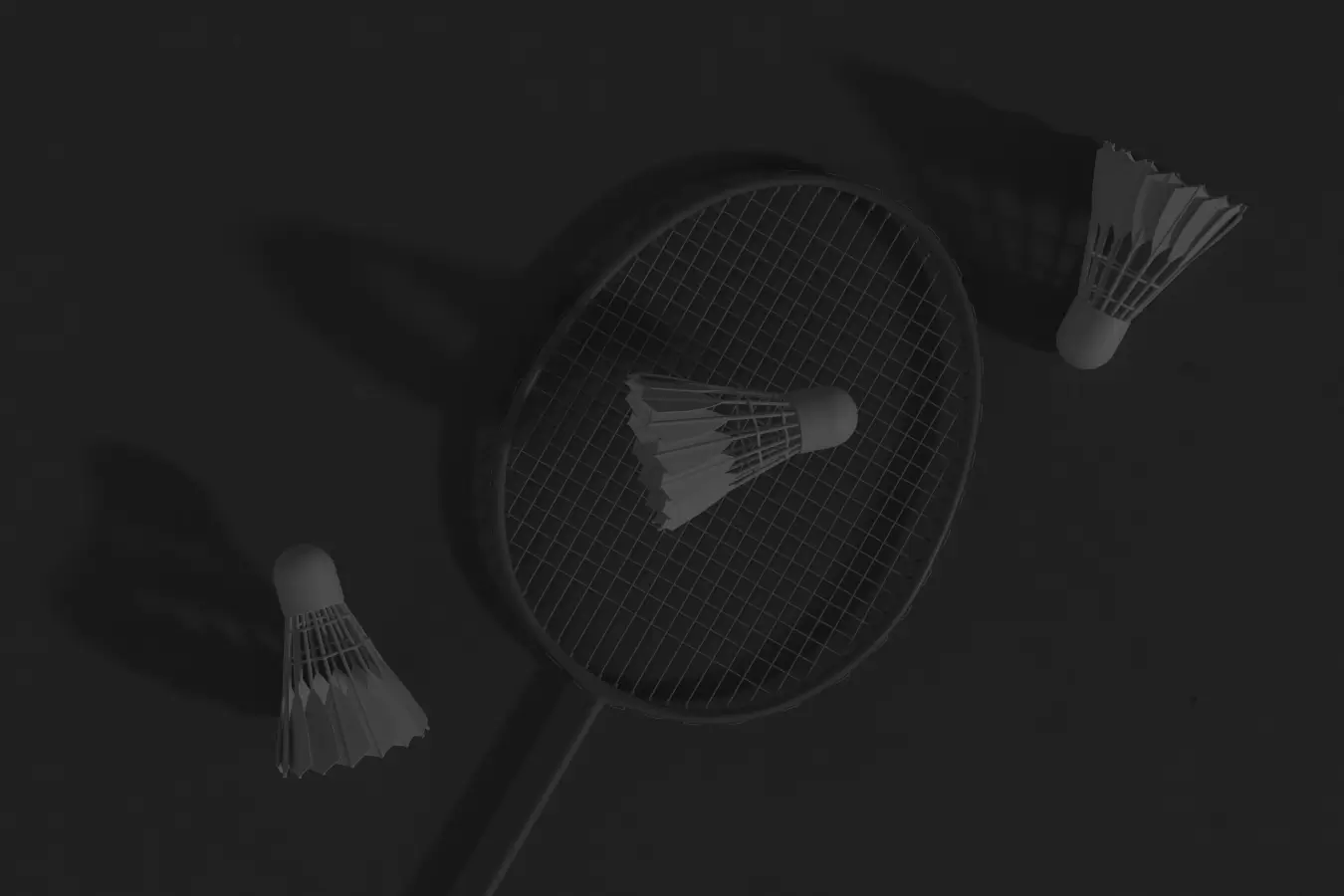
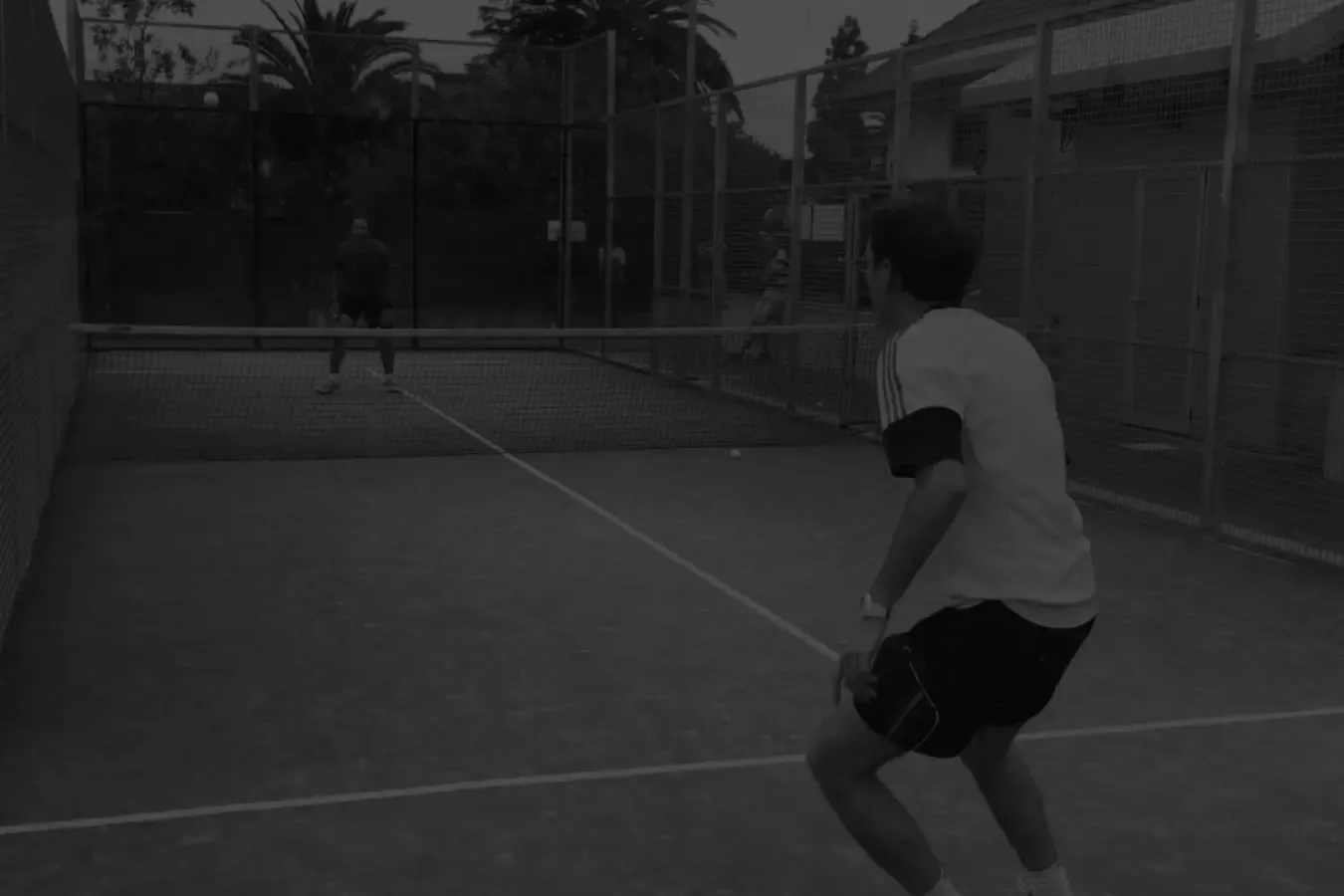
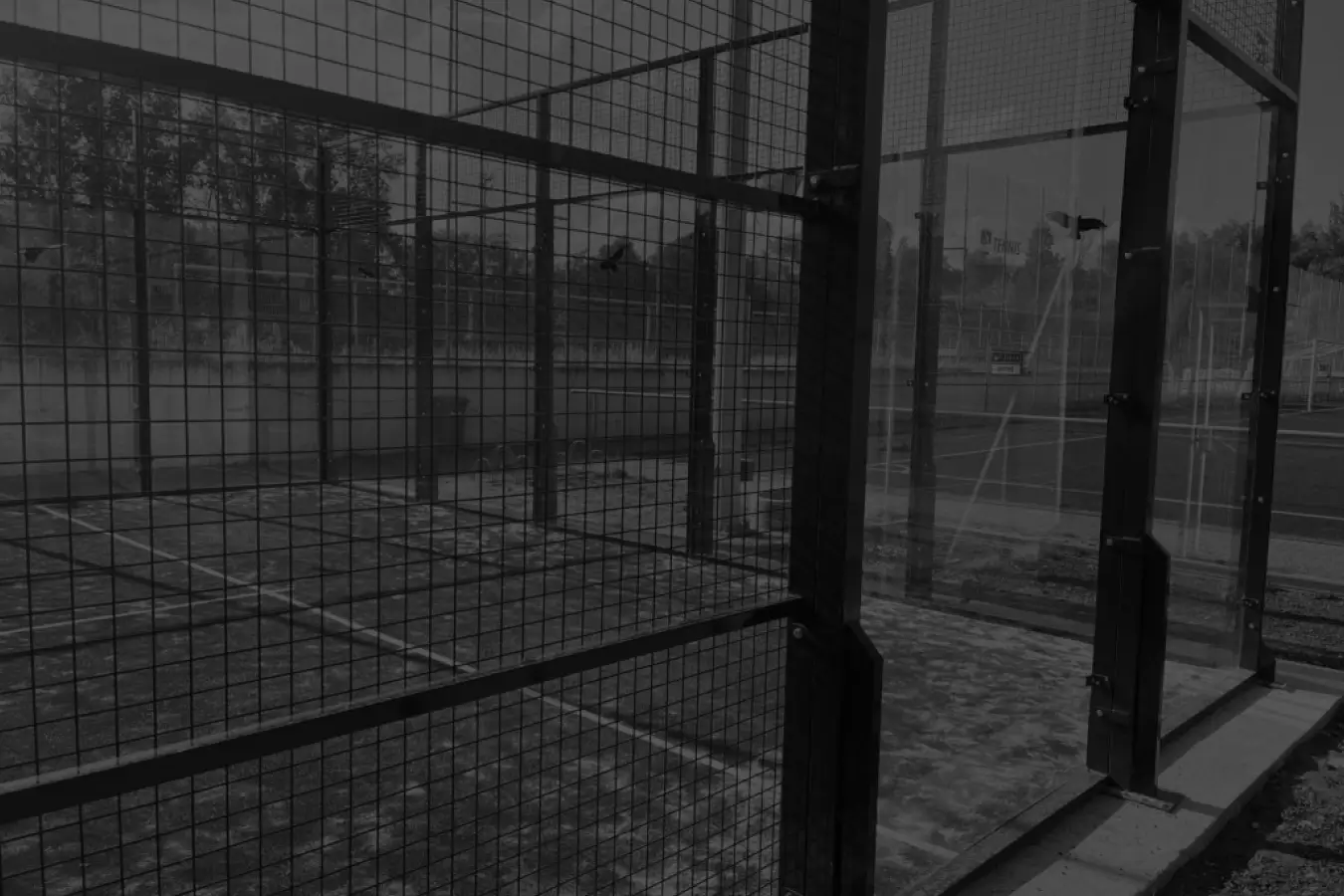

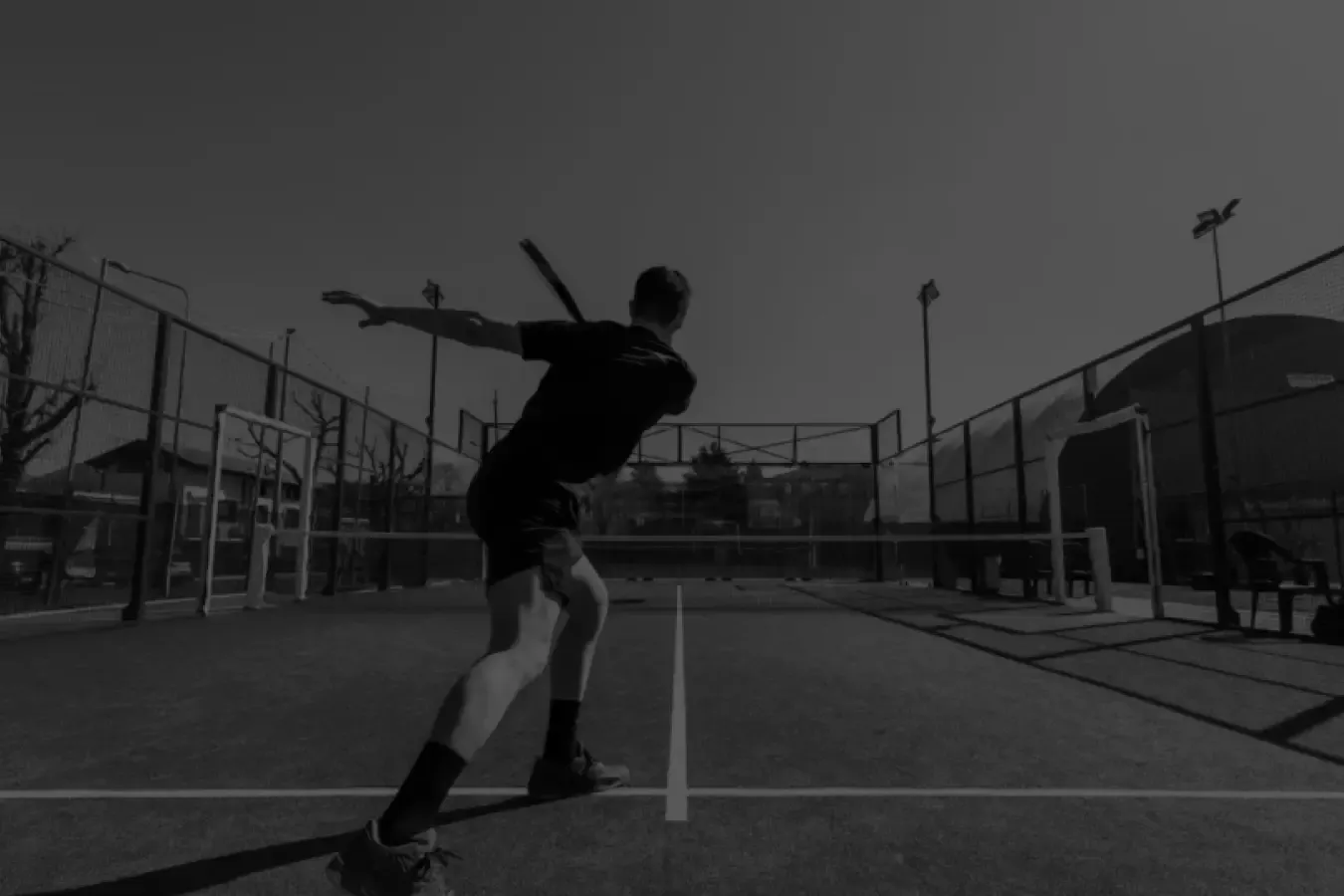
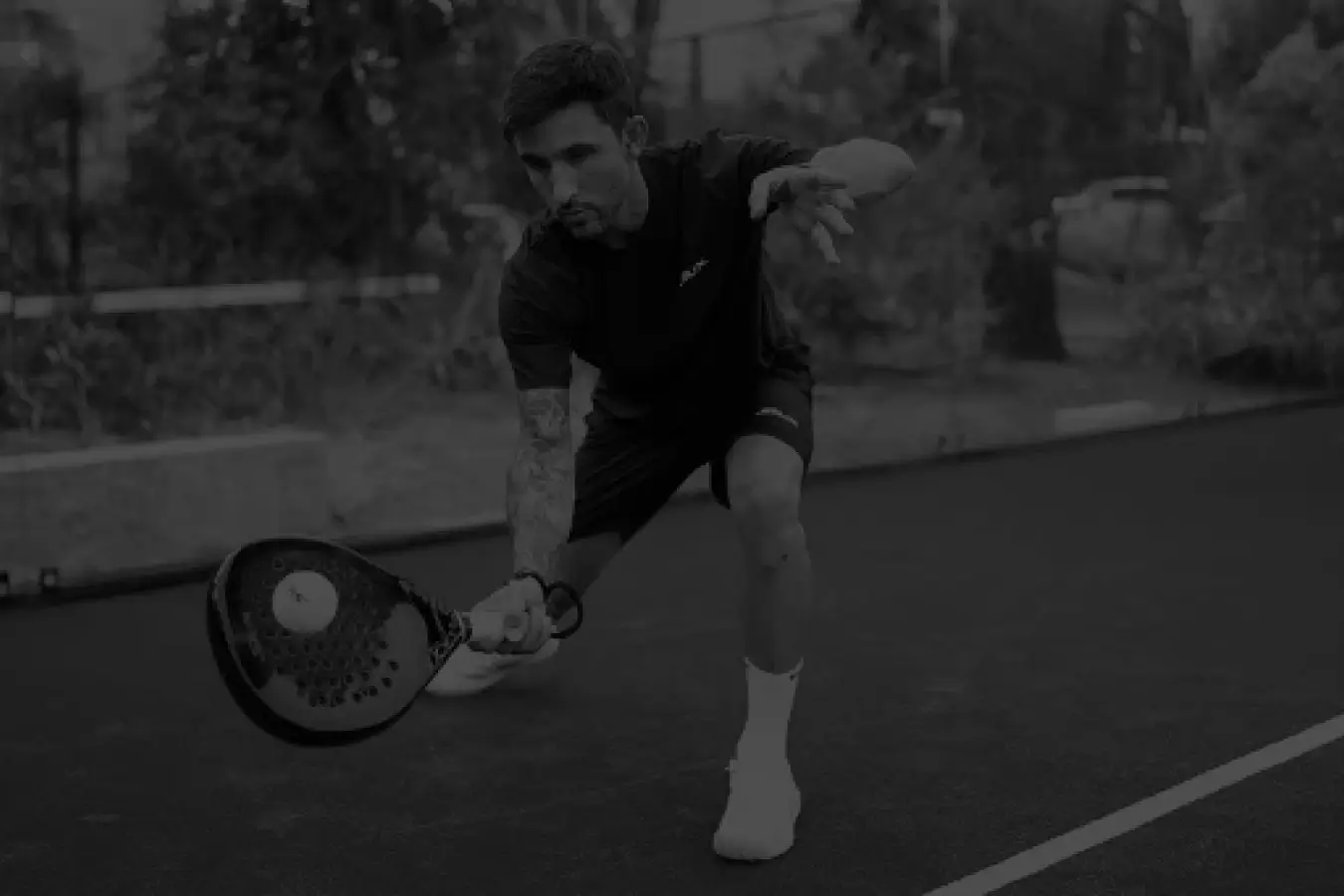
Discussion